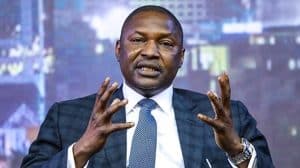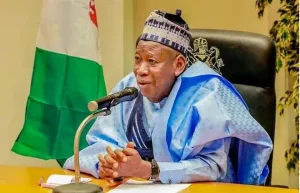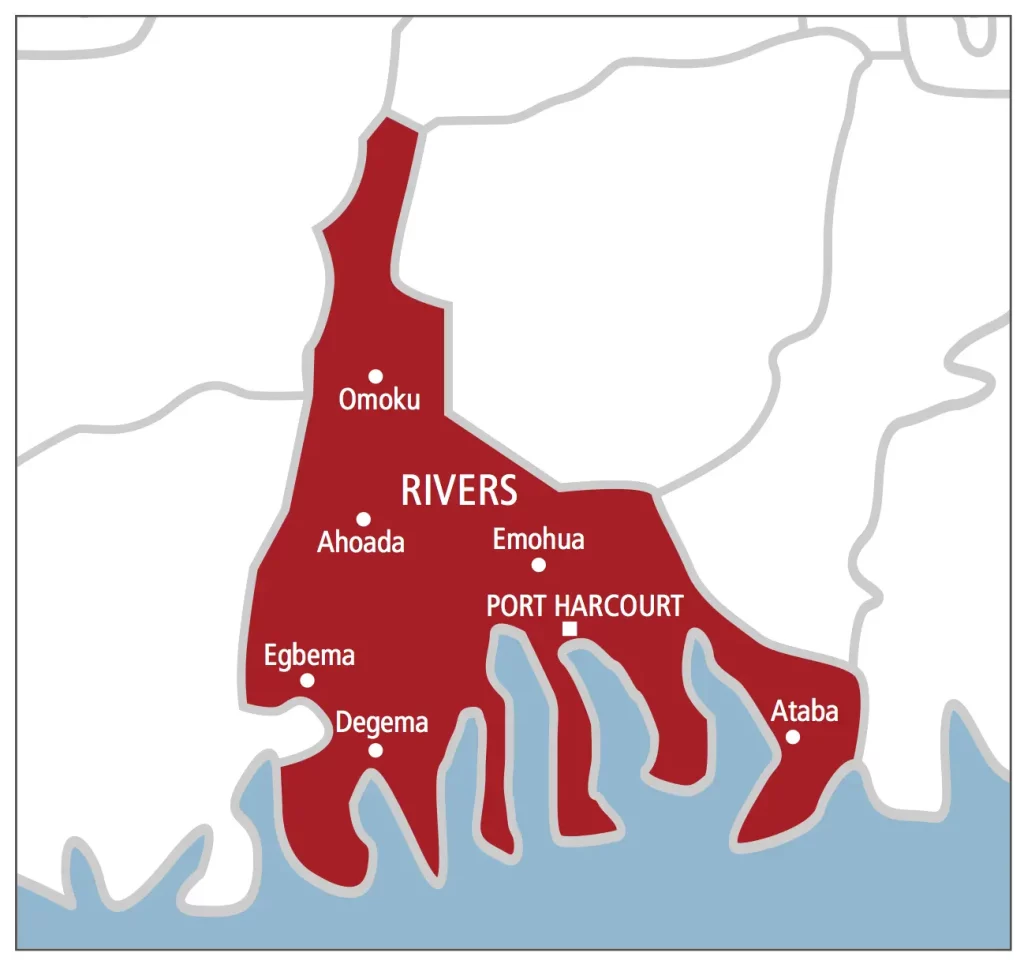Donald Trump’s tariff turnaround has buoyed equity and bond markets, but it may have put a small dent in the hopes of Australian home buyers hoping for a collapse in their mortgage repayments. On Wednesday, markets had expected the RBA – which next meets in mid-May – to go on a rate-cutting splurge. Five rate cuts by Christmas were expected, with a near-80 per cent chance the bank would start with a super-sized 0.
5 percentage point cut next month. On a $600,000 mortgage, five cuts would reduce monthly repayments by almost $500. While Trump’s change of heart has lifted the ASX200 by more than 5 per cent, and pushed the Australian dollar beyond US61.

2 cents, interest rate expectations have reversed. The chance of a 0.5 percentage point cut next month is down to 40 per cent while markets now think the bank will eventually deliver four rate cuts by Christmas.
That’s still a long way from where markets and investors were just a fortnight ago, before Trump’s Liberation Day, when they believed the Reserve only had two rate cuts on the agenda by year’s end. Deutsche Bank’s chief economist for Australia, Phil O’Donaghoe, had expected the RBA to cut interest rates by half a percentage point at the May 19-20 meeting. He now thinks it will revert to a more traditional quarter percentage point move, which would take the cash rate to 3.
85 per cent, its lowest level since May 2023. He said the bank was likely to follow up May with rate cuts in August, November and February next year, with the cash rate bottoming at 3.1 per cent.
“Our general conviction around the path for lower RBA rates has increased,” he said. “The US tariffs still in place on China will – if sustained – significantly weigh on Chinese growth. Coupled with a 10 per cent ‘universal’ tariff on other countries, that will still weigh materially on the RBA’s assessment of the global growth backdrop.
“At the same time, the ‘new’ tariff regime will still likely prompt a disinflationary redirection of globally traded consumer goods from the US to Australia and other non-tariff consumer markets.” Betashares chief economist David Bassanese said Trump’s changed stance did not reduce the need for the Reserve Bank to cut interest rates next month. He said the bank should call an emergency meeting and move now.
“There is now also a strong case for the RBA to act earlier – given the large decline in consumer sentiment reported for April and the fact the next scheduled RBA policy meeting is over five weeks away. The RBA could cut now and then cut again at the scheduled May meeting,” he said. While equity markets have surged this morning, they are still well short of where they stood when Trump was inaugurated in late January.
While reducing the tariffs on almost all countries, Trump has increased the tariff on China to 105 per cent. Bassanese said this meant the average effective tariff rate on goods imported into the United States would be around 20 per cent - the highest level since the Great Depression. “Indeed, the good ship USA has still been hit by an iceberg and is taking on water.
All that’s happened is Captain Trump has told the crew to stop the engines,” he said. “It still represents a significant hit to US inflation and economic activity sufficient to likely cause a US recession in their own right – unless Trump quickly backs down further. ” Campaigning in far north Queensland, Prime Minister Anthony Albanese said the recent turmoil on markets proved the damage caused by the initial tariff plan.
“It is quite clear from the response of the markets that the announcement is doing harm to the United States, it is doing harm to its prospects of employment, inflation, all the key figures as well,” he said..
Politics

Shares surge – but Trump’s tariff turnaround reduces rate cut chances

Equity and bond markets are surging thanks to Donald Trump’s tariff plan pause. But it has also meant mortgage holders might not get the same level of relief.














